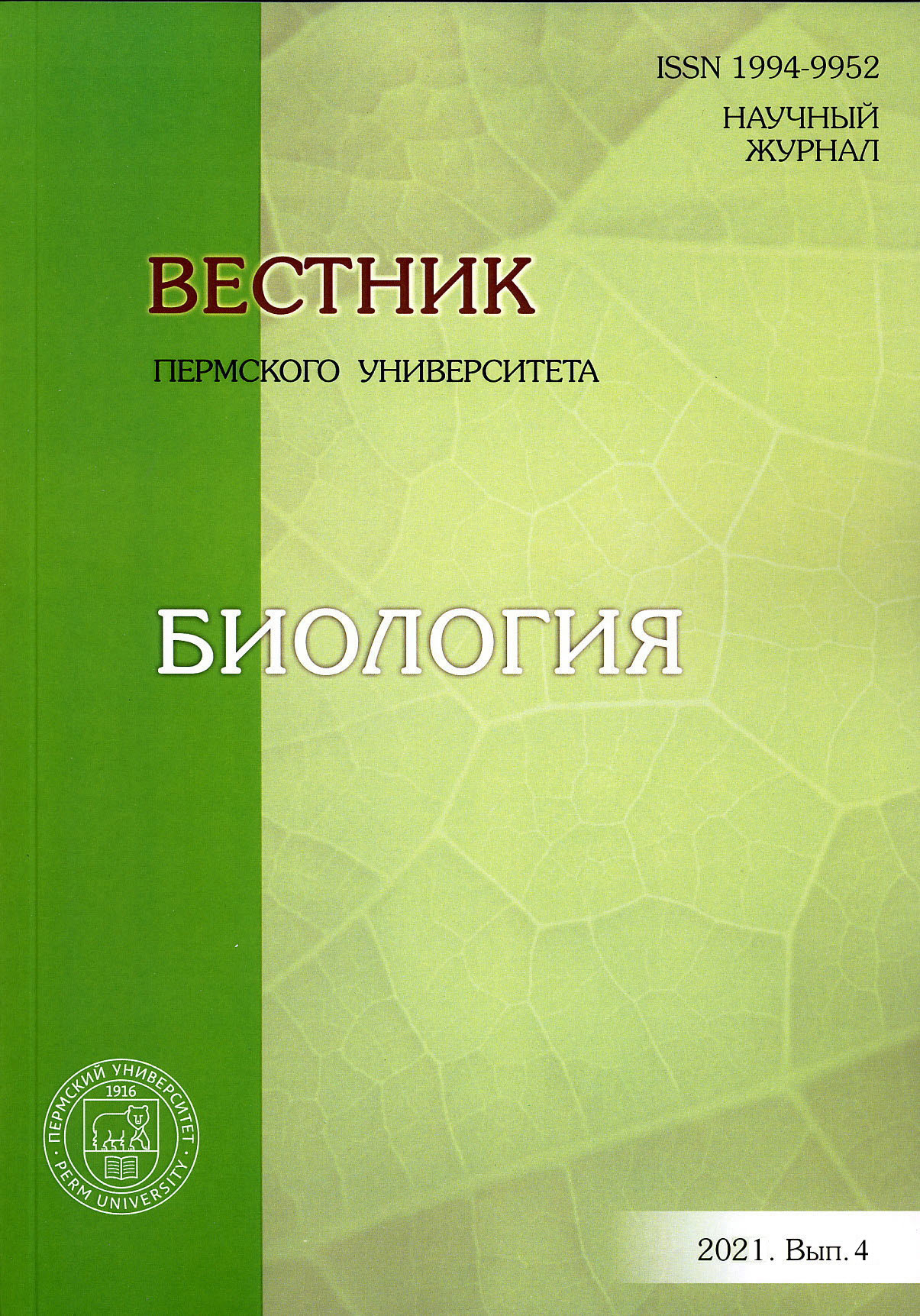Novel human T-cell proliferation markers
Main Article Content
Abstract
Article Details
References
Akbar A.N. et al. Loss of CD45R and gain of UCHL1 reactivity is a feature of primed T cells // J. Immunol. 1988. Vol. 140. P. 2171−2178.
Chou J.P., Effros R.B. T Cell Replicative Senescence in Human Aging // Curr. Pharm. Des. 2013. Vol. 19. P. 1680−1698.
Dörner M.H. et al. Ferritin synthesis by human T lymphocytes // Science. 1980. Vol. 209, № 4460. P. 1019−1021.
Gammella E. et al. The transferrin receptor: the cellular iron gate // Metallomics. 2017. Vol. 9, № 10. Р. 1367-1375.
Jamur M.C., Oliver C. Permeabilization of cell membranes // Methods Mol Biol. 2010. Vol. 588. P. 63−66.
Liao F. et al. T cell proliferation and adaptive immune responses are critically regulated by protein // Cell Cycle. 2016. Vol. 15, № 8. P. 1073−1083.
Moulton V.R., Tsokos G.C. Abnormalities of T cell signaling in systemic lupus erythematosus // Arthritis. Res. Ther. 2011. Vol. 13. P. 207.
Napier I., Ponka P., Richardson D.R. Iron trafficking in the mitochondrion: novel pathways revealed by disease // Blood. 2005. Vol. 105, № 5. P. 1867−1874.
Scholzen T., Gerdes J. The Ki-67 protein: from the known and the unknown // J. Cell. Physiol. 2000. Vol. 182, № 3. P. 311−322.
Testa U. et al. Differential regulation of iron regulatory element-binding protein(s) in cell extracts of activated lymphocytes versus monocytes-macrophages // J. Biol. Chem. 1991. Vol. 266, № 21. P. 13925−13930.
Testa U., Pelosi E., Peschle C. The transferrin receptor // Critical Reviews in Oncogenesis. 1993. Vol. 4, № 3. P. 241−276.
Yu Y., Kovacevic Z., Richardson D.R. Tuning cell cycle regulation with an iron key // Cell Cycle. 2007. Vol. 6, № 16. P. 1982−1994.
Zhu J., Paul W.E. CD4 T cells: fates, functions, and faults // Blood. 2008. Vol. 112, № 5. P. 1557−1569.




